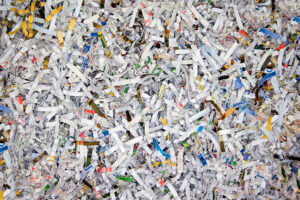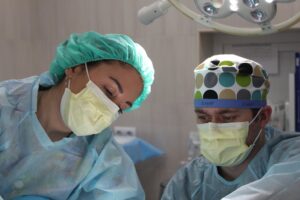Trucking associations and carriers have been highlighting a significant truck driver scarcity for years. The American Trucking Association, which represents carriers and 50 affiliated state trucking associations, has been the most vocal. Their studies have shown a steady driver shortage increase since 2012.
There has been recent debate on just how bad the scarcity is following the U.S. Bureau of Labor Statistics’ release in March downplaying the issue, however the ATA strongly maintains that the research is skewed. The ATA claims is not just a matter of offering higher pay to attract more workers as the Bureau infers.

ATA Chief Economist Bob Costello claims that stringent federal regulations prevent up to 90% of truck driver applicants from being considered for employment, stating that it is qualified drivers, not the quantity that is the real issue.
Whether the ATA or the Bureau are correct about the current state of the driver shortage, one thing is clear – addressing the issue is imperative because the “perfect storm” is on the horizon.
Trucking associations, including the North American Trucking Association claim a perfect storm is coming with the impending mass retirement of baby boomer drivers. The average truck driver is 55 plus. The ATA estimates that the truck driver shortage will grow to more than 174,000 by 2026.
What does this mean for doctor practices?
Driver scarcity means driver pay rates are at an all time high and will continue to go up into the foreseeable future. That cost is passed onto those relying on truck services, including those relying on third-party medical waste haulers.
Medical practices and can bypass these rising costs by treating and disposing of their medical waste onsite. There are clean and state-approved solutions for making this possible.
There are proven solutions that allow practices to cut out the costs of trucks, drivers, fuel, maintenance, licensing, insurance, etc. entirely, allowing customers to benefit from low-cost and convenient technology.
Some added benefits of selecting an on-premise solution to deal with both sharps and red bag waste include:
– No hauling costs
– No invoice variance issues
– No heavy fees for extra pickup orders
– No need to store biomedical waste until pickup










